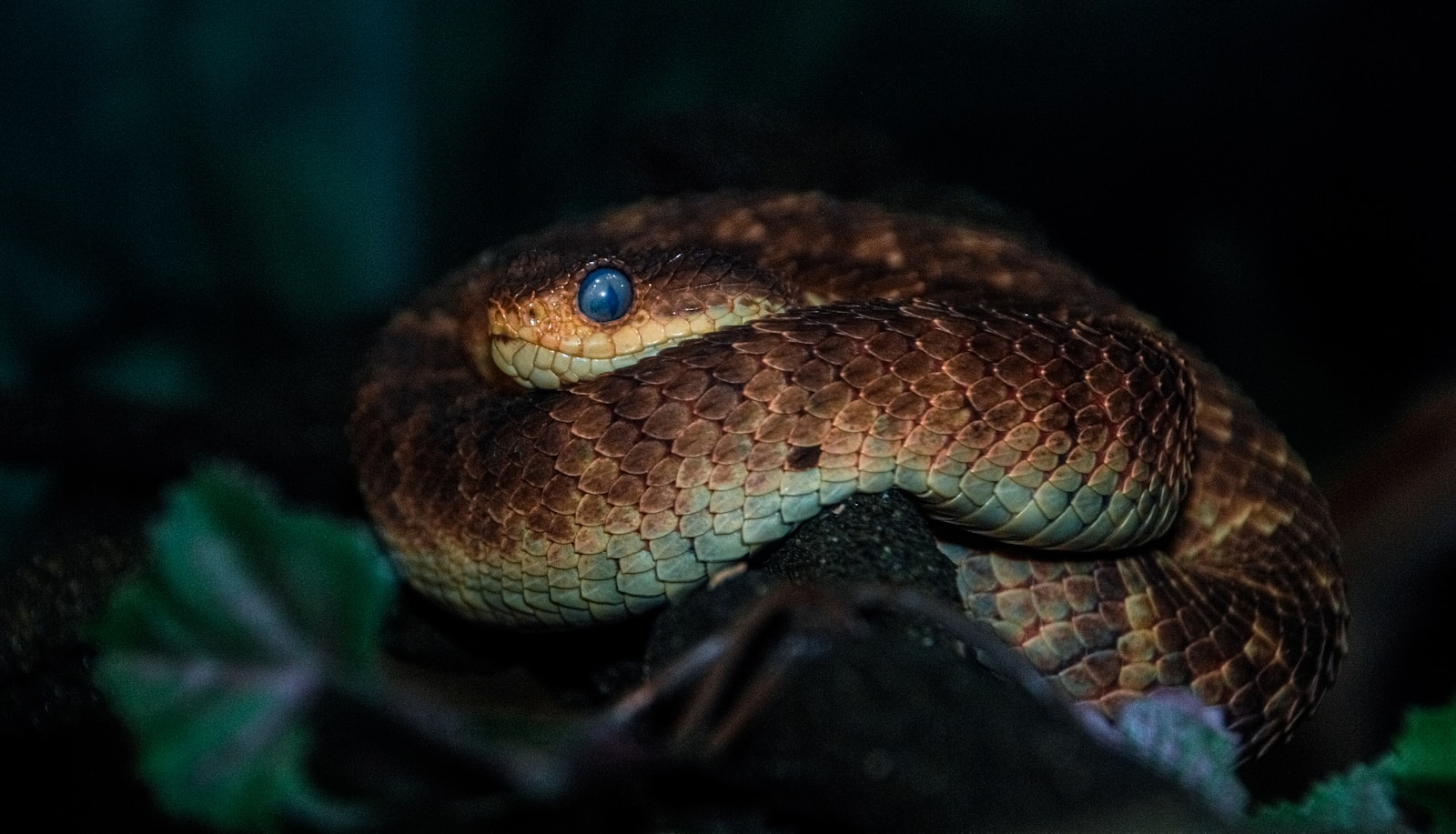Transitioning a snake from consuming frozen prey to accepting live food requires patience, careful observation, and a thorough understanding of reptile behavior. While many snake owners prefer to feed their pets pre-killed or frozen-thawed prey for safety and convenience, certain circumstances may necessitate a shift to live feeding. Perhaps you’ve acquired a snake already accustomed to live prey, or your pet is refusing frozen meals despite your best efforts. This comprehensive guide will walk you through the process of safely and ethically transitioning your snake to live prey, highlighting best practices, potential challenges, and important considerations for both your snake’s welfare and the ethical treatment of feeder animals.
Understanding Why Some Snakes Prefer Live Prey
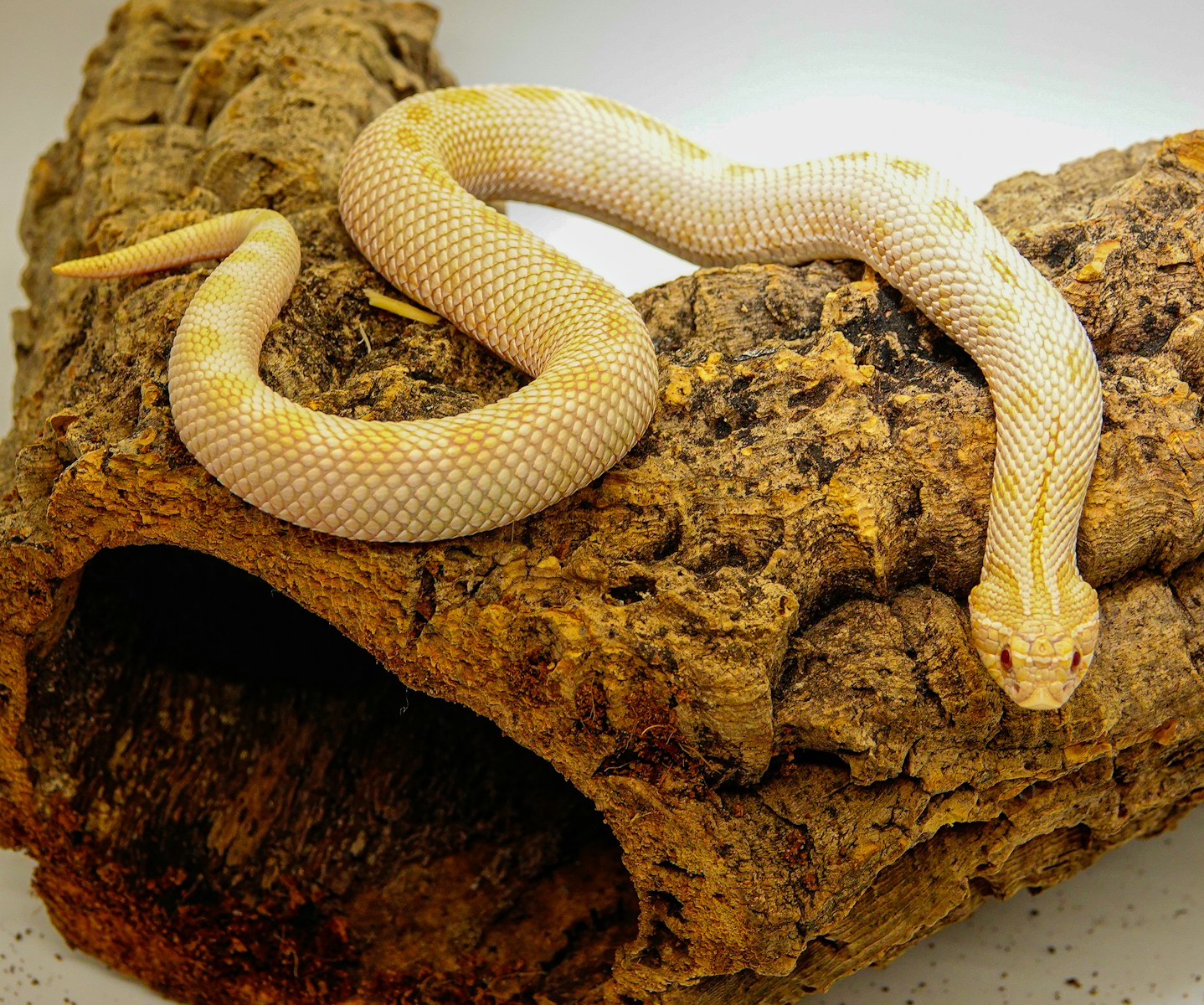
In the wild, snakes are ambush predators that rely on movement, scent, and heat signatures to identify and capture prey. This natural hunting instinct remains strong in captive snakes, particularly those wild-caught or initially raised on live food. Some species, like certain ball python morphs, green tree pythons, or emerald tree boas, may be especially reluctant to accept pre-killed prey due to their specialized hunting adaptations. Additionally, snakes experiencing stress, illness, or reproductive cycles may suddenly reject frozen prey they previously accepted without issue. Understanding these natural preferences provides context for why your snake might be hesitant to accept frozen meals and helps inform a successful transition strategy that works with, rather than against, your snake’s instincts.
Weighing the Pros and Cons of Live Feeding
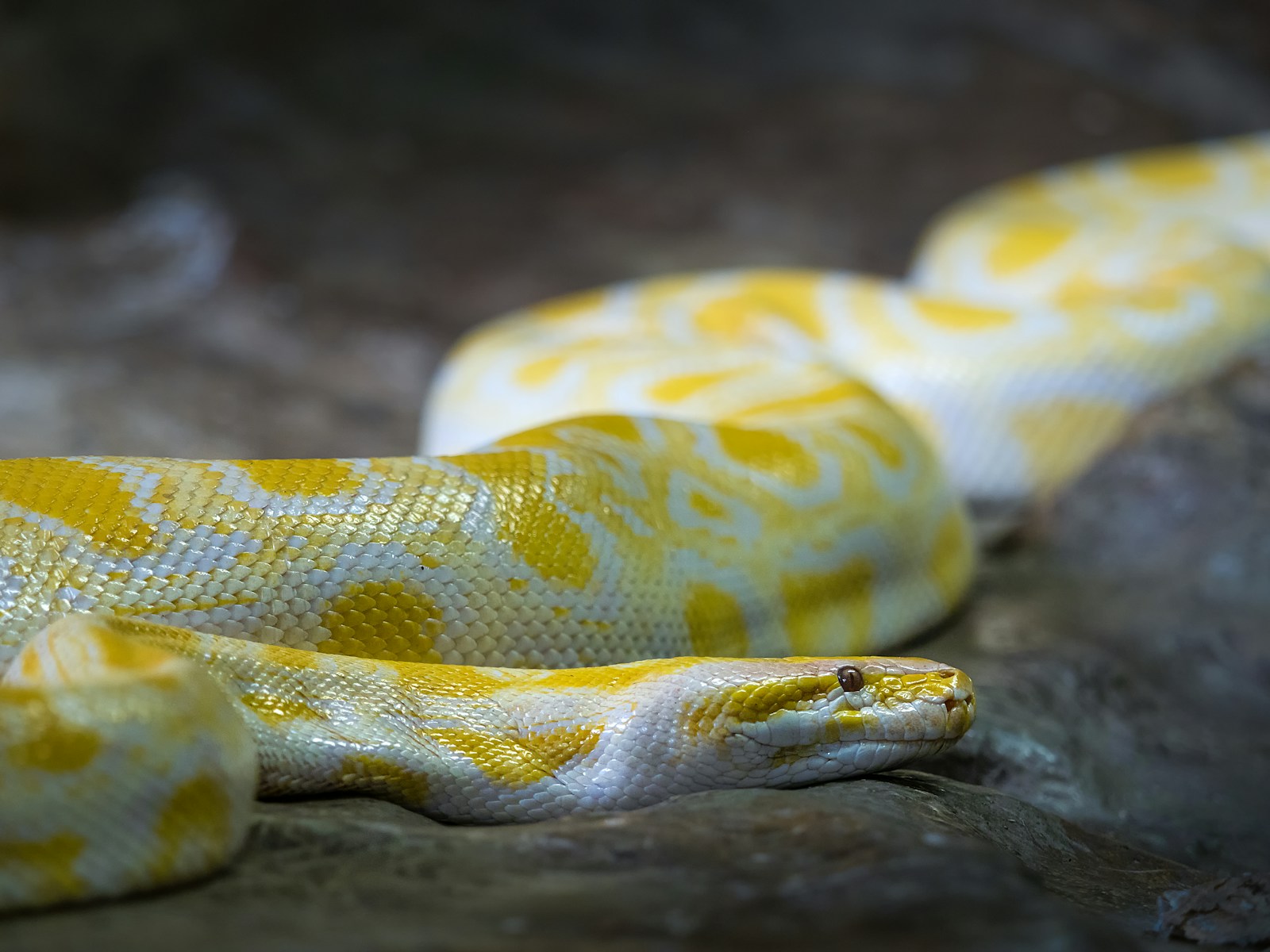
Before committing to live feeding, carefully consider the advantages and disadvantages this method presents. Live feeding creates opportunities for enrichment and exercise as your snake engages its natural hunting behaviors, potentially improving its mental stimulation and physical activity. However, live prey poses significant risks to snake safety, as rodents can inflict serious or even fatal injuries through bites and scratches when defending themselves. The practice also raises ethical concerns regarding the welfare of feeder animals and creates additional responsibilities regarding their proper care while in your possession. From a practical standpoint, maintaining live feeders requires more space, resources, and time than storing frozen prey, and may complicate feeding schedules when you travel or are otherwise unavailable to supervise feedings.
Preparing Your Snake for the Transition

Successful transitions begin with a healthy, stress-free snake in appropriate environmental conditions. Ensure your snake’s enclosure maintains proper temperature gradients, humidity levels, and hiding spots specific to its species’ requirements. Before attempting any feeding changes, verify that your snake is well-hydrated, free from parasites or illness, and exhibiting normal behavior patterns. A period of extended hunger may improve your chances of success, so consider waiting until your snake shows clear feeding responses like increased activity, tongue flicking, or active searching behaviors. For snakes with established feeding patterns, attempt the transition during their regular feeding cycle when hunger motivation is highest.
Using Scent Transfer Techniques
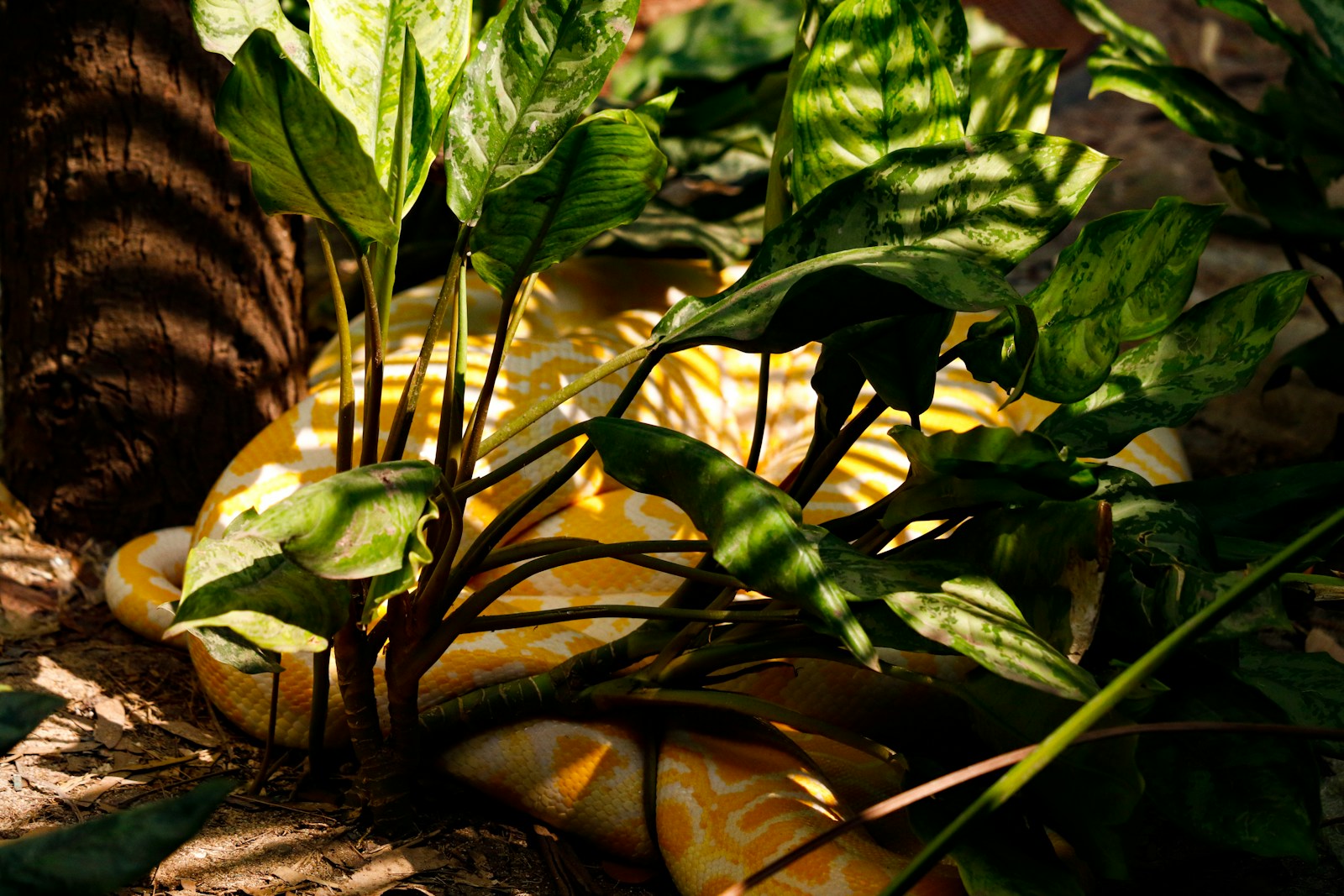
Scent transfer offers an effective intermediate step when transitioning feeding methods, as it combines familiar and new stimuli to encourage acceptance. Begin by “scenting” frozen prey with live prey odors by briefly housing them together (separated by barriers) or rubbing the thawed prey against bedding material used by live feeders. Alternatively, you can create small incisions in the frozen prey and insert bedding from a live feeder cage to enhance the scent profile. Some snake keepers report success with braining techniques, where the skull of the thawed prey is slightly opened to release stronger feeding stimuli. For particularly reluctant feeders, try washing the frozen prey with unscented soap and water to remove any chemical residues from the freezing process that might be deterring your snake.
Implementing Movement Stimulation
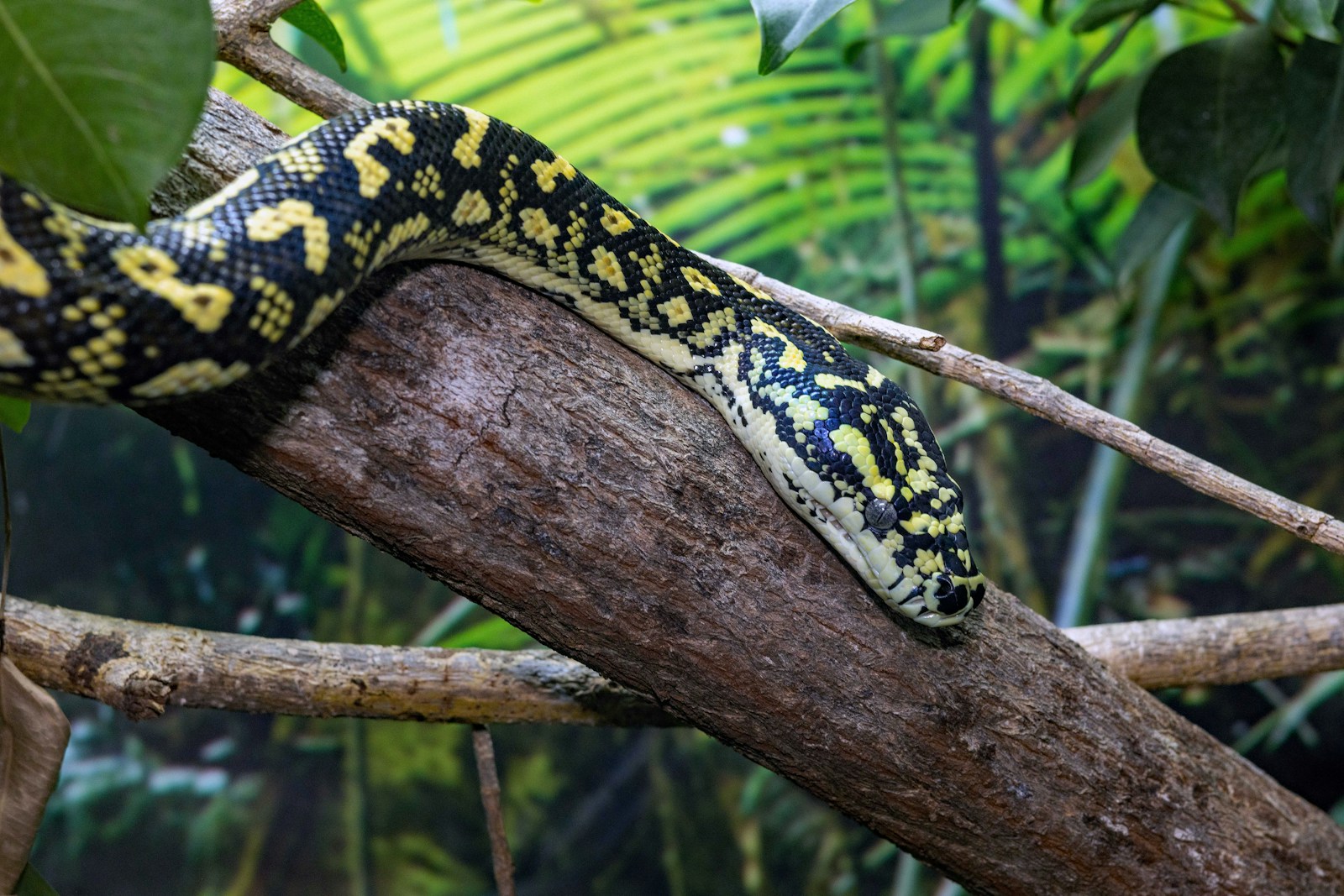
Movement often triggers a snake’s feeding response, making motion simulation a valuable technique when transitioning between prey types. Use feeding tongs to gently wiggle thawed prey in a lifelike manner, mimicking the natural movements of live rodents to stimulate your snake’s predatory instincts. Some snake keepers employ specialized tools like mechanical prey movers that create consistent, realistic movements without requiring constant handling. For a DIY approach, attach fishing line or unwaxed dental floss to the prey to create controlled movements from outside the enclosure, reducing potential stress from your presence. Start with subtle movements and gradually increase intensity based on your snake’s interest level, paying attention to when its focus locks onto the prey item.
Starting with Pre-killed Fresh Prey

Freshly pre-killed prey represents a middle ground between frozen-thawed and live options, often proving successful when other methods fail. This approach preserves the warmth, scent, and texture of live prey while eliminating the safety risks of injury to your snake. To implement this method, humanely euthanize the prey item immediately before feeding (CO2 chambers are considered the most humane method) and offer it to your snake while still warm. Fresh pre-killed prey retains body heat and natural scents that may be more appealing than thawed items that have undergone freezing and reheating. If your snake shows interest but doesn’t strike, try gently moving the prey with feeding tongs to simulate life-like movements and trigger the feeding response.
Introducing Live Prey Safely
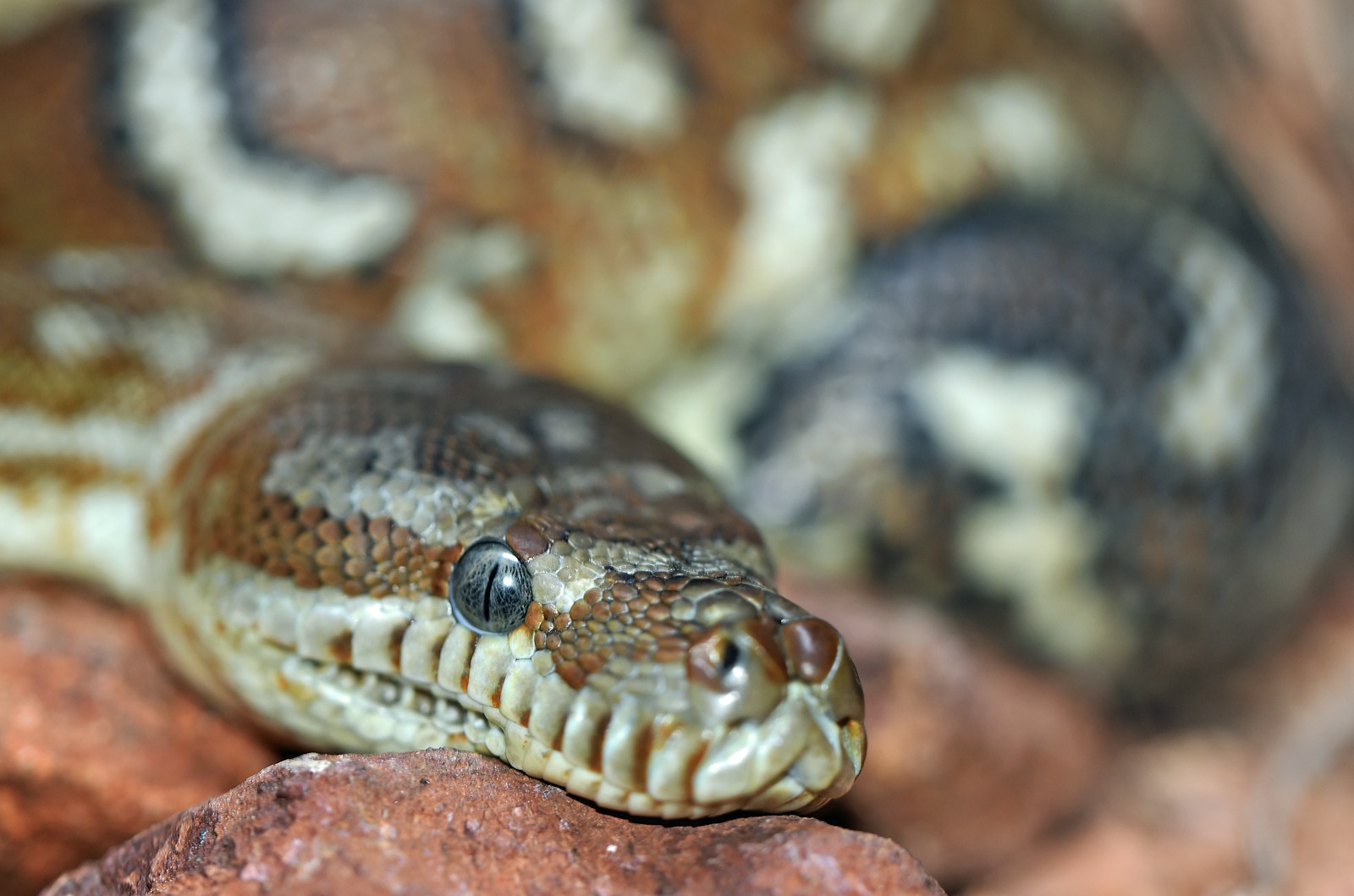
When offering live prey, safety must be your primary concern for both your snake and the feeder animal. Always feed in a separate enclosure dedicated to feeding purposes to prevent your snake from associating your hand entering its home enclosure with feeding opportunities. Select appropriately sized prey items that pose minimal threat—generally, the prey should be no larger than the widest part of your snake’s body. Never leave live prey unattended with your snake, as even brief periods without supervision can result in serious injuries. Prepare to intervene if the prey animal attacks your snake or if your snake shows no interest after 15-30 minutes, at which point you should remove the prey to prevent unnecessary stress to both animals.
Creating Optimal Feeding Conditions
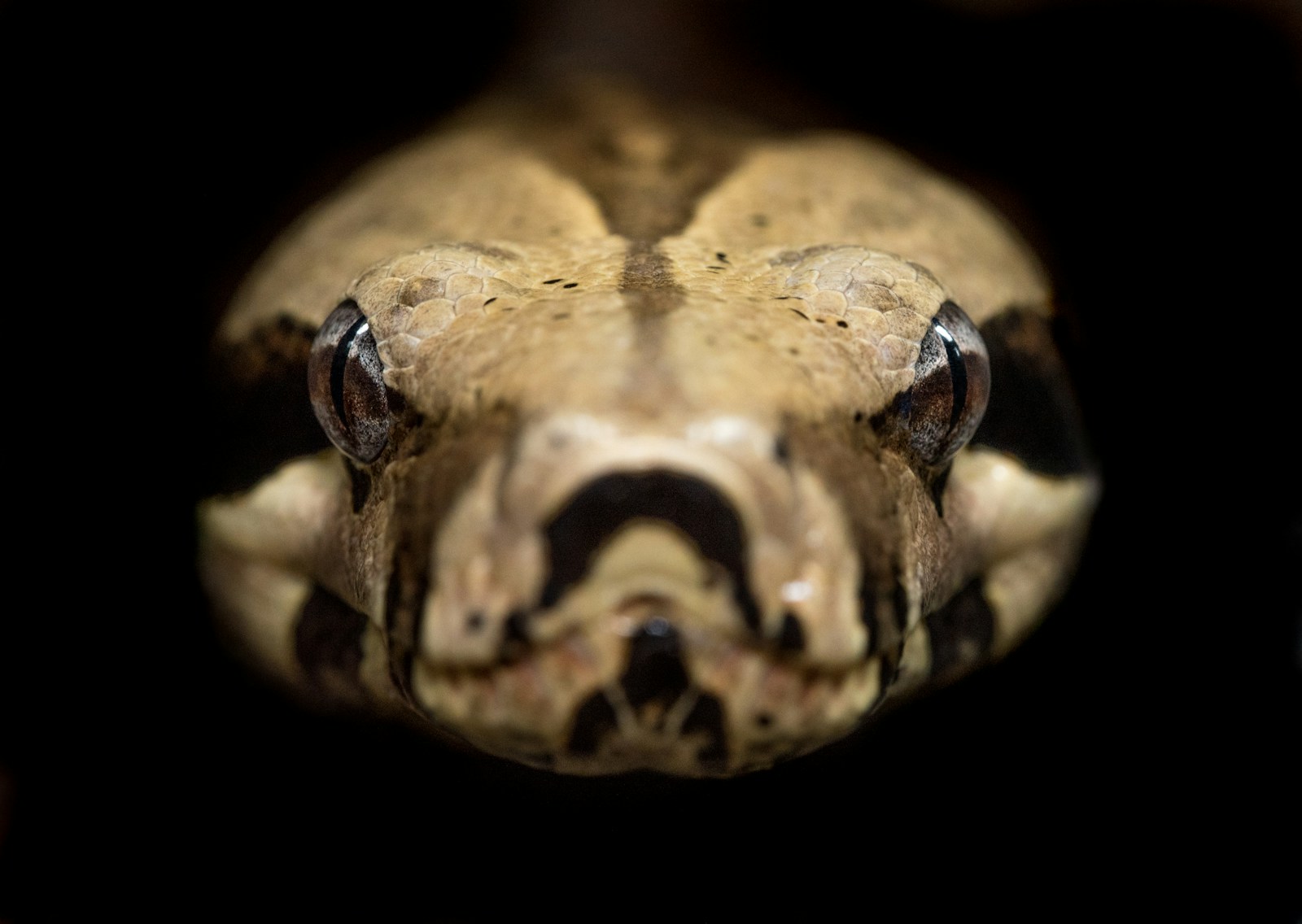
Environmental conditions significantly impact feeding success, particularly when introducing new prey types. Schedule feeding attempts during your snake’s natural active periods—for nocturnal species, this means evening or night feedings under subdued lighting. Ensure the feeding environment is quiet, with minimal disturbances that might startle your snake or interrupt hunting behaviors. Maintain appropriate temperatures slightly toward the warmer end of your snake’s preferred range, as this can increase metabolism and hunting drive. For species sensitive to observation, consider setting up a feeding chamber with partial visual barriers that allow you to monitor the interaction while minimizing your visible presence that might inhibit natural feeding behaviors.
Managing Feeding Refusals
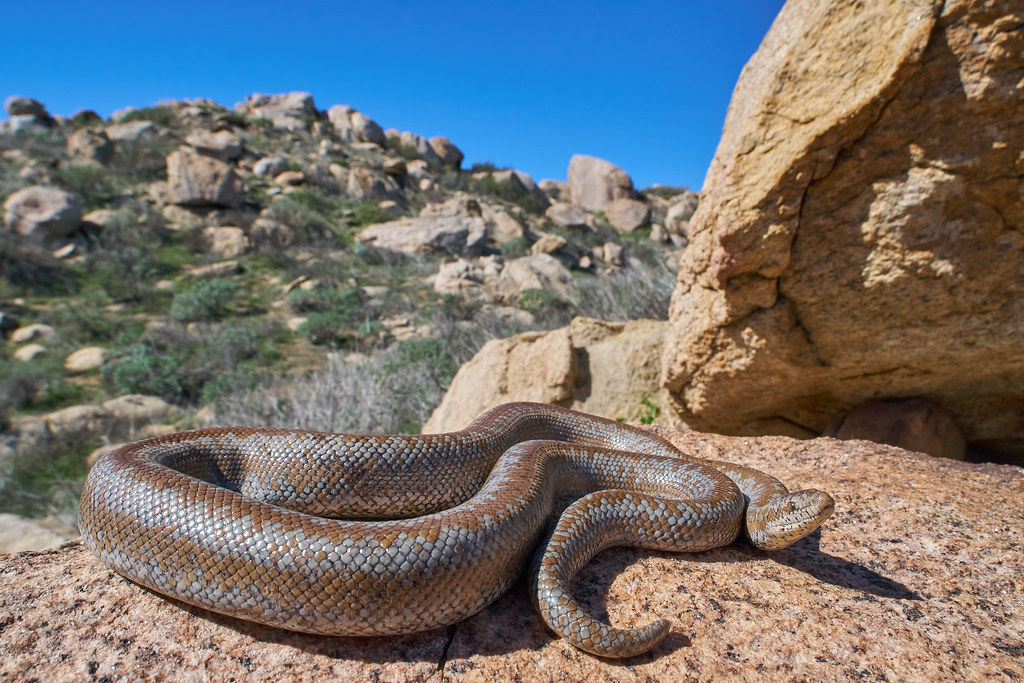
Patience is essential when dealing with feeding refusals during transition attempts. Healthy adult snakes can go weeks or even months without food, so occasional refusals don’t necessarily indicate a health emergency. Document each feeding attempt, noting environmental conditions, prey characteristics, and your snake’s responses to identify patterns that might inform future success. If your snake refuses multiple consecutive feedings, return temporarily to its previously accepted food source to prevent dangerous weight loss while continuing transition attempts at reasonable intervals. For persistent refusals, consult an experienced reptile veterinarian to rule out underlying health issues that might be affecting appetite, such as parasites, respiratory infections, or impactions that require treatment before addressing feeding method changes.
Ethical Considerations for Live Feeders
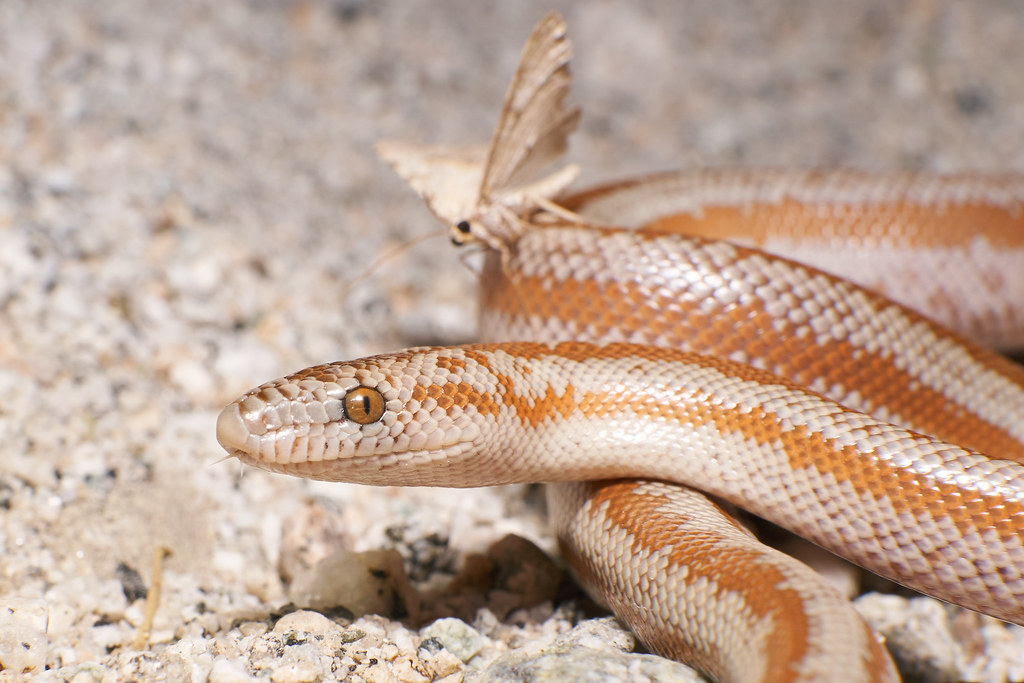
Ethical responsibility extends to the care and treatment of live feeder animals in your possession. Establish proper housing with appropriate bedding, food, water, and ventilation for feeder animals, recognizing that their welfare matters regardless of their intended purpose. Purchase feeders only as needed to minimize the time they spend in temporary housing, and never breed feeder animals unless you have the resources and knowledge to ensure their proper care. Research and implement humane euthanasia methods if you decide to pre-kill prey rather than feed live, following established guidelines from reptile veterinary associations. Consider locally applicable laws and regulations regarding live feeding, as some jurisdictions have specific requirements or restrictions that may impact your feeding practices.
Special Considerations for Different Snake Species
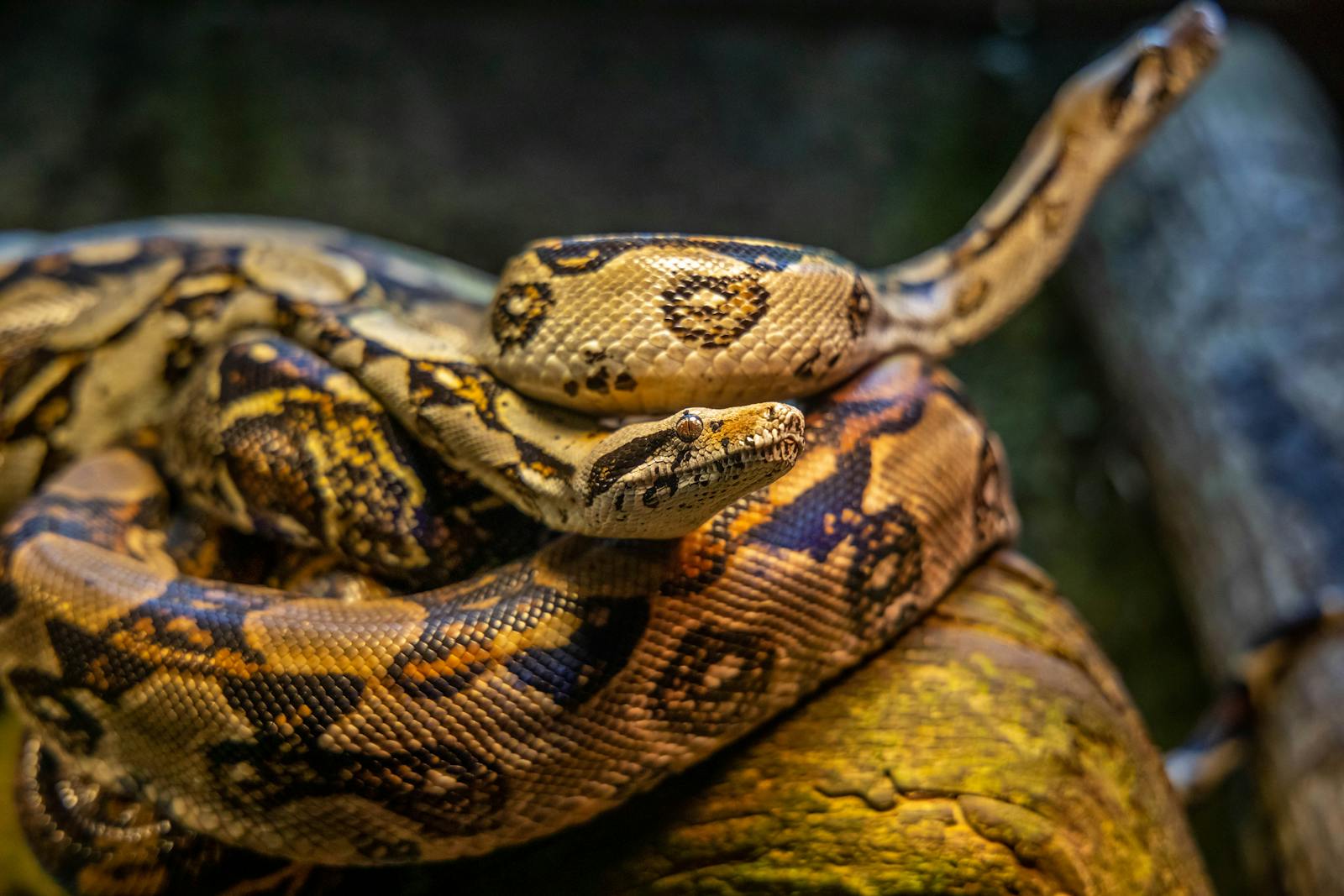
Different snake species present unique challenges when transitioning feeding methods due to their specialized evolutionary adaptations. Ball pythons, particularly wild-caught specimens, often exhibit food preferences linked to prey species found in their native habitats—offering African soft-furred rats rather than standard mice might increase acceptance. Arboreal species like emerald tree boas benefit from elevated feeding presentations that mimic their natural hunting positions. Highly visual hunters such as corn snakes and king snakes respond well to movement-based stimulation, while species with strong scent orientation like blood pythons may require enhanced scenting techniques. Research your specific snake species’ natural feeding ecology and sensory preferences to customize your transition approach accordingly, consulting with species-specific resources or experienced keepers familiar with your particular type of snake.
When to Consider Professional Help
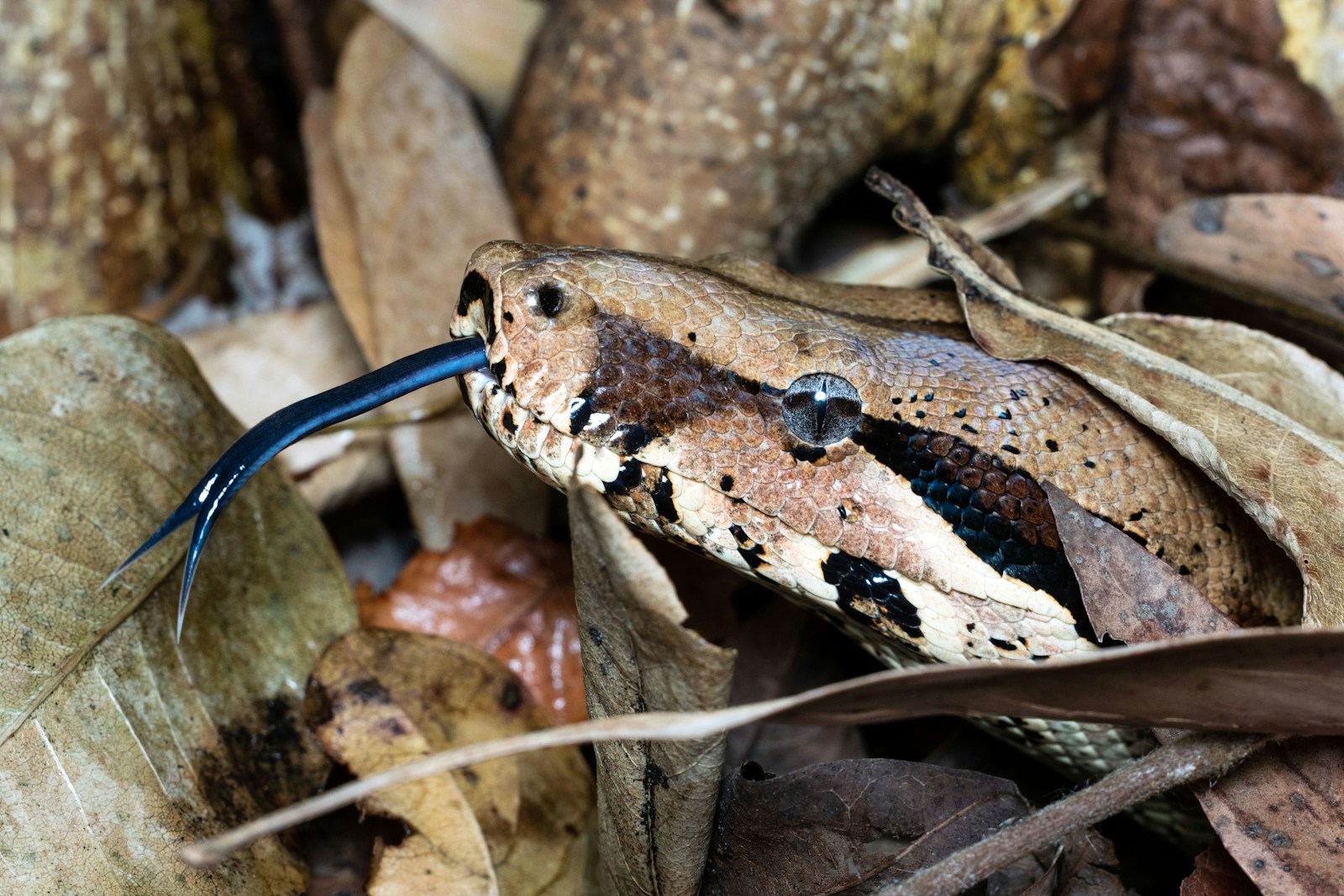
Recognizing when to seek professional assistance can prevent serious health complications during feeding transitions. If your snake loses more than 10-15% of its body weight, shows visible muscle wasting, or demonstrates lethargy and weakness, consult a reptile veterinarian immediately. Persistent regurgitation after successful feedings indicates potential digestive issues requiring medical evaluation rather than continued feeding attempts. Reptile-specific rescue organizations often have experienced staff who can assist with challenging feeders through boarding programs or guided intervention. Some exotic pet stores with knowledgeable reptile departments offer feeding assistance services for difficult cases, providing valuable hands-on demonstrations of techniques that might succeed with your particular snake.
Transitioning Back to Frozen Prey
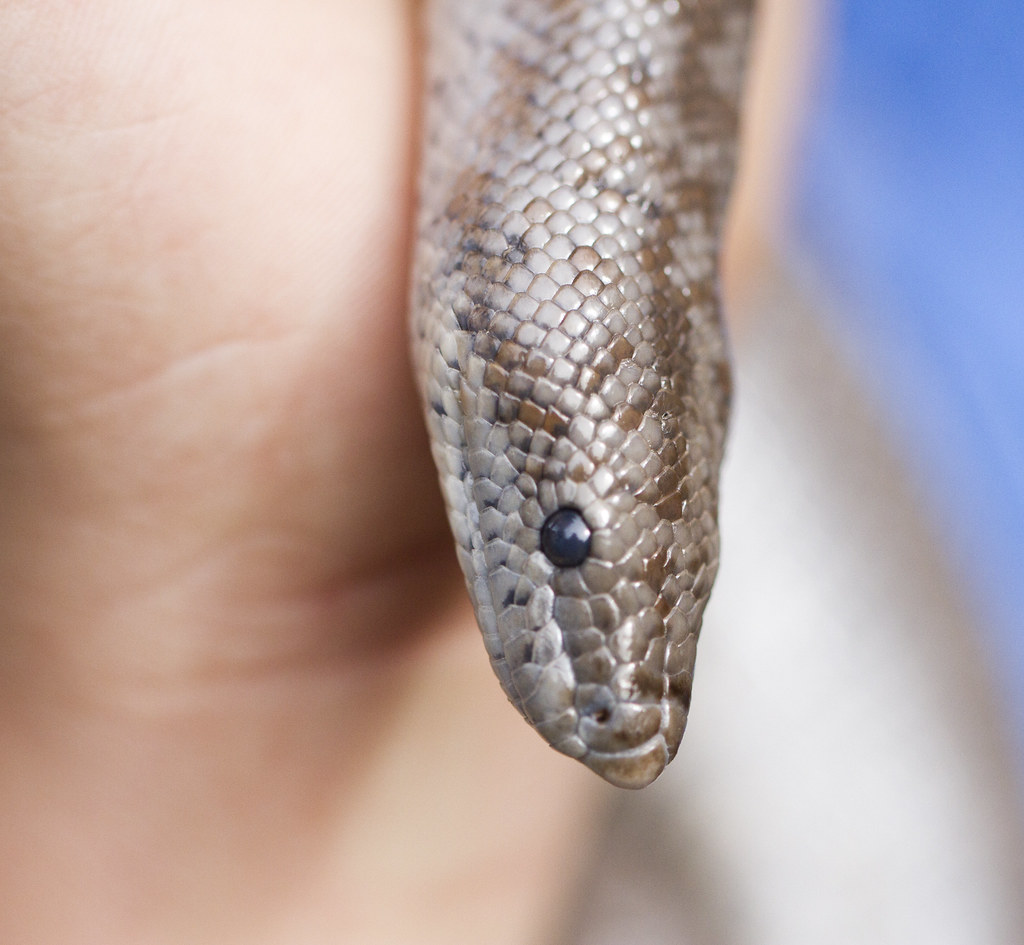
Once your snake is eating regularly, you may wish to attempt transitioning back to frozen-thawed prey for convenience and safety. Begin by offering freshly killed prey, then gradually introduce prey items that have been killed and chilled for increasingly longer periods before feeding. Use movement and scenting techniques similar to those employed during the initial transition, applying them to reintroduce frozen-thawed items. Some snakes develop greater feeding flexibility after successful hunting experiences and may accept frozen prey more readily after a period of live feeding. Maintain detailed records of feeding responses during this reverse transition to identify what specific techniques prove most effective for your individual snake, creating a personalized protocol for future reference.
Conclusion
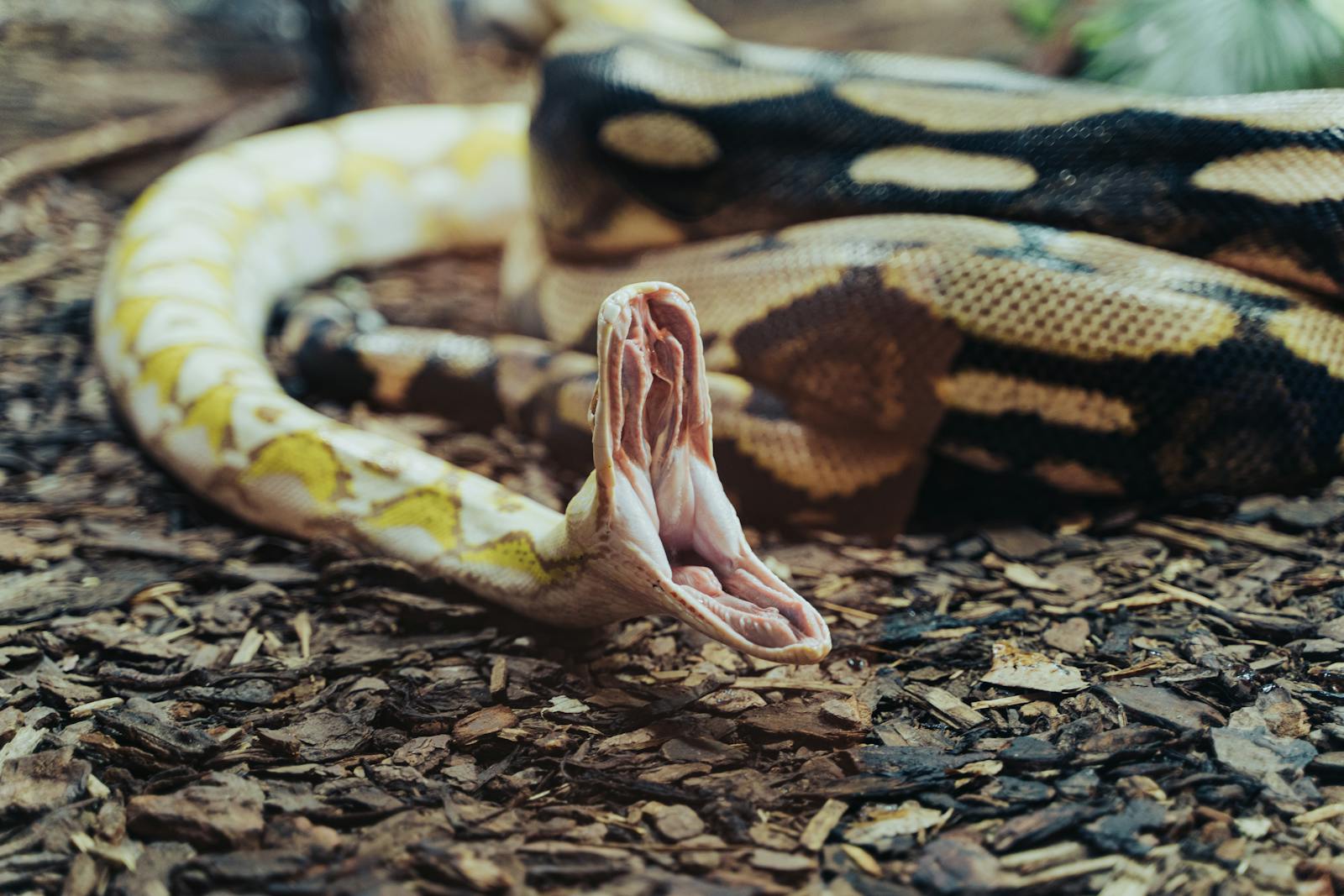
Transitioning a snake from frozen to live prey—or eventually back again—represents a significant commitment to your pet’s welfare that requires patience, observation, and ethical consideration. While many snakes can adapt to different feeding methods with proper support, the process rarely follows a predictable timeline. By prioritizing safety, respecting your snake’s natural behaviors, and remaining flexible in your approach, you can navigate this feeding challenge while maintaining both your snake’s health and the ethical treatment of all animals involved. Remember that each snake is an individual with unique preferences and responses, making personalized approaches and persistent adaptation the keys to long-term feeding success.

